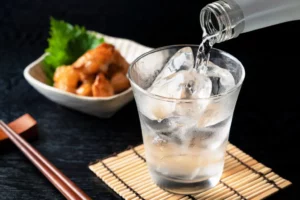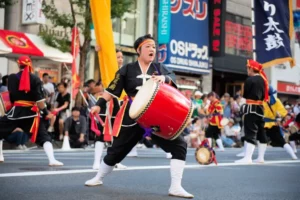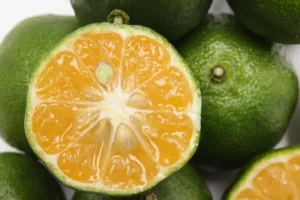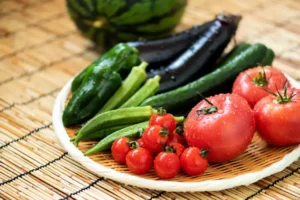Some like it hot, some like it cold, some like it aged in a wooden cask, some like it in a cocktail. However you like it, Japanese sake (rice wine) is sure to be a winner.
Table of Contents
ToggleWhat is Japanese Sake?
To westerners, what we call sake or Japanese rice wine is what the Japanese call nihonshu. It is the clear, national, alcohol beverage of Japan that has been a crucial part of both Japan’s cultural and culinary histories. In fact, October 1st is the designated “Sake Day” of Japan and is celebrated around the world. There are customs, strict etiquette, and drinkware that are devoted to this Japanese national beverage. it even has its own place in Japanese table setting customs.
How is it Made?
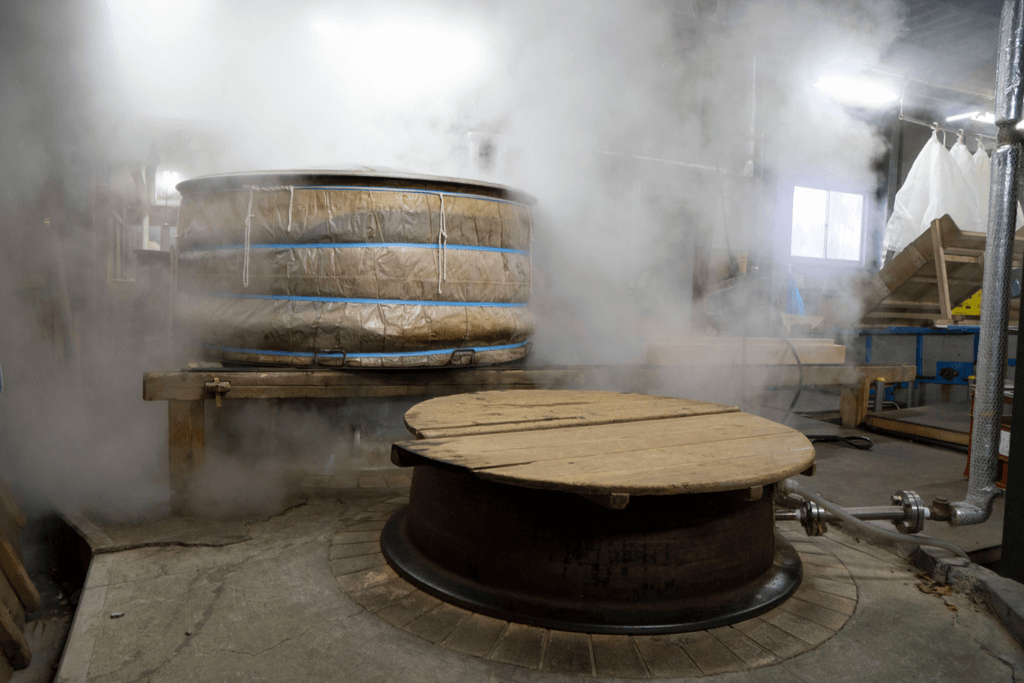
Sake production relies on four ingredients: sake rice, clean water, koji or mold, and yeast. Unlike what its English name implies, sake is brewed in a similar fashion to beer. Whereas wine uses the natural sugars contained in fruit for fermentation, sake relies on an external source, koji, to produce the necessary enzymes to convert the rice starch into sugar. It is similar to how malt works for beer since both are usually made from grain products.
Rice is first polished to reduce the impurities that could taint the flavor of the sake. The outer 30% is usually removed, although higher quality sake may be made with 50% polished rice. Once the rice is polished, it is then washed, steeped, and steamed, while the koji and yeast are prepared. After all of the ingredients are prepared, they are added into a fermentation tank over a couple of days in order to help the fermentation to properly take place.
When it’s completed, the resulting mash is pressed and filtered through a fine mesh cloth, separating the alcohol. The new sake is further filtered and pasteurized, sterilizing the liquid and halting any active enzymes. This prevents any unwanted changes in sweetness and aroma.
The sake is then left for six months to a year to age, allowing the taste to mature. Most sake is brewed to about 20% ABV. It is common practice to lower the ABV to around 15% to 16% by adding water before it is bottled and shipped out for consumers.
Looking for a taste of Japan at home? Check out Sakuraco! Sakuraco works with local makers to send plenty of delicious and traditional Japanese snacks, teas, and sweets right to your door for you to enjoy!
Types of Sake
Like all good alcohol, sake is diverse in its variations. Most izakayas (Japanese-style pubs) usually serve futsuu (regular) sake. This is the same alcohol that you will find at your local Japanese supermarket.
The best sake, however, is graded as tokutei meisho-shu or specially designated sake. Tokutei meisho-shu accounts for about a third of Japan’s total sake and differs by the degree of rice polishing, impurities or lack thereof, and the type of rice used.
Sake is often appraised by connoisseurs by the rice polishing ratio (usually displayed by the percentage of remaining rice) and whether it is classified as junmai (pure rice) or honjozo (genuine brew). The difference between junmai and honjozo sake is the addition of distilled alcohol; junmai sake only uses rice, koji, water, and yeast.
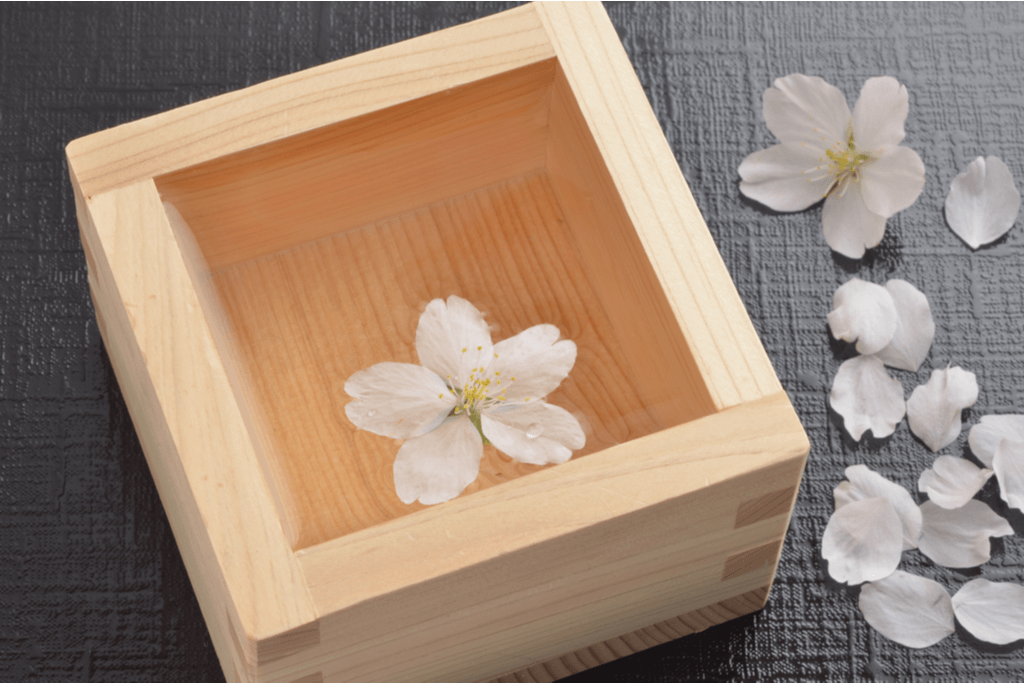
Sake Grades
Sake is usually graded into the following categories:
Honjozo-shu (genuine brew sake)
Honjozu-shu is made from 70% polished rice, koji, yeast, water, and distilled alcohol. It boasts a smooth flavor but lacks a strong aroma. It has a reasonable level of acidity and umami (savoriness) and brings out the taste of the food it is paired with, such as Hokkaido’s Ishikari nabe (hotpot).
Junmai-shu (pure rice sake)
Junmai-shu is made from polished rice, koji, yeast, and water. Its simplicity puts the flavor of the rice and koji into the spotlight more than the other varieties. There are no requirements on the polishing ratio of the rice, although the rice of junmai-shu is usually at a 70% polished rate. This sake is usually high in acidity and umami and has little sweetness.
Ginjo-shu (premium sake)
This sake is made with 60% polished rice, koji, yeast, water, and distilled alcohol. This sake should have a light acidic taste, smooth mouthfeel, and an easy aftertaste. It is best served chilled so that its fruity fragrance can be enjoyed.
Junmai Ginjo-shu (premium pure rice sake)
This sake is made with 60% polished rice, koji, yeast, and water. I shares the same brewing technique as ginjo-shu, but the lack of additives results in changed acidity, umami flavor, and fragrance.
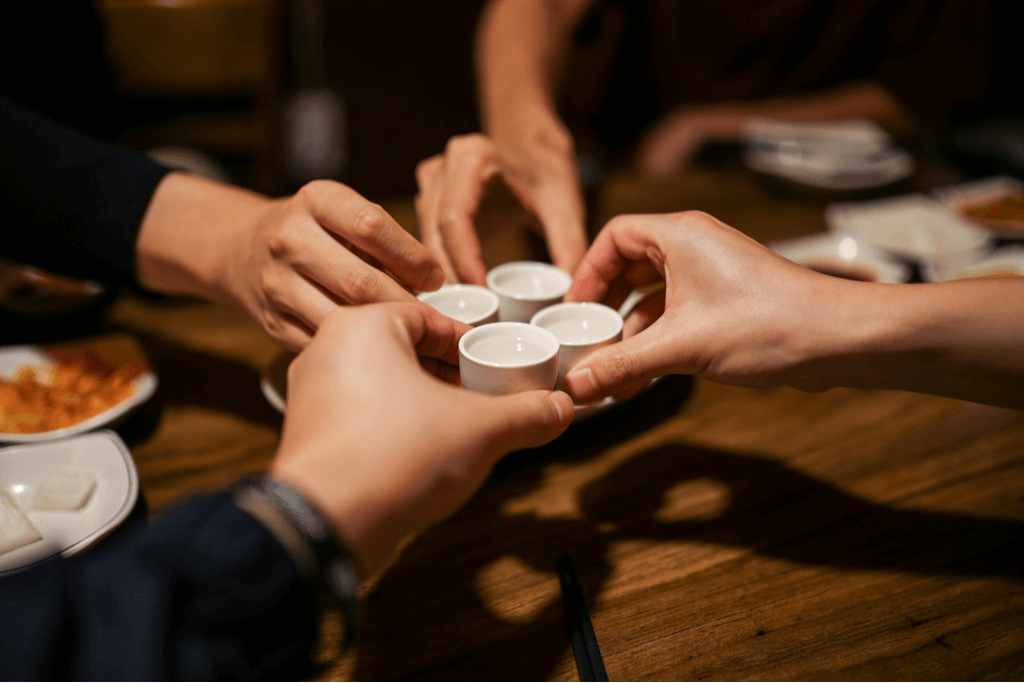
Daiginjo-shu (super premium sake)
Made from 50% polished rice, koji, yeast, water, and distilled alcohol, this sake features a clean taste and stronger aroma than ginjo-shu.
Junmai Daiginjo-shu (ultra-premium pure-rice sake)
Considered the highest-grade sake, it is made from 50% polished rice, koji, yeast, and water. It has a refined blend of acidity and umami.
However, one should think of these grades more like guidelines rather than law. The fact remains that everyone’s palate is different, and people enjoy different things. Beauty is in the eye of the beholder.
Other Variations
Sake might have a rich history, but that doesn’t mean that brewers and aficionados aren’t willing to push the limits.
Namazake refers to sake that has not been pasteurized. This sake requires refrigeration and has a shorter shelf-life than normal sake.
Nigorizake is sake that was filtered with a coarse mesh cloth instead of the standard fine mesh cloth. The resulting sake contains yeast and rice particles, resulting in a cloudy appearance and a stronger taste of rice.
Jizake is sake that is locally produced by small, independent brewers.
Koshu is sake that has been deliberately aged for at least three years, longer than the usual six months to one year period. The sake takes on a distinctive yellowish-amber hue, and the taste becomes slightly bitter, a common characteristic of aged sake. The aroma takes on a caramel-like tone, like sherry or madeira, and smells of nuts and spices.
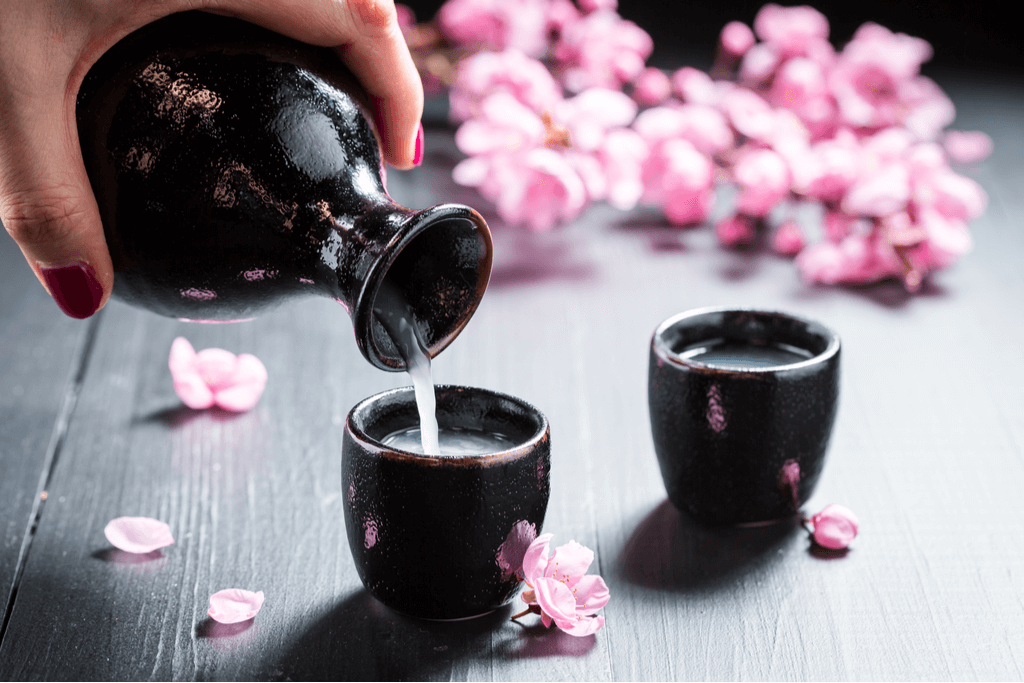
Genshu is sake that has not been diluted and remains at its original 20% ABV. It has a stronger taste than most sake.
Taruzake is sake that has been stored in Japanese cedar casks. The alcohol has absorbed the flavor of the wood, taking on the cedar aroma. It can often be seen at traditional ceremonies.
Sparkling sake is a drink that is becoming popular these days. This drink can range from sweeter products with a lower ABV of 6%-8% that are easy to drink for those new to sake, to a drink with a high alcohol content and drier taste. It can even come in traditional clear forms or cloudy nigorizake.
Also becoming more popular these days are sake cocktails. Don’t think of the sake bombs that you once downed as a student. Bartenders are experimenting with different ways to use sake in sophisticated ways, allowing the traditional Japanese rice wine to shine. A surprisingly common drink combines flavors like Calpis soda or Ramune for a uniquely Japanese cocktail.
Have you ever tried Japanese sake? What was your experience like? Tell us in the comments below!




